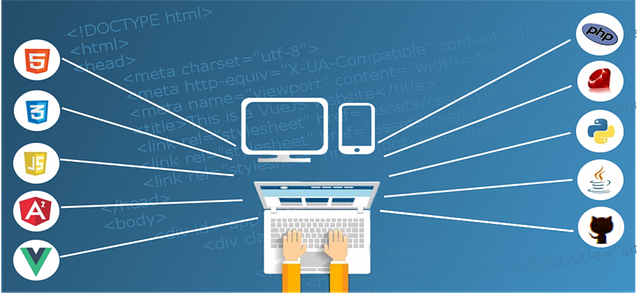PHP vs .Net | Top 7 Beneficial Differences You Need to Know

Nowadays, every business organization is in dire need of a website which represents first impression of their business. It is essential to make a great first impression because there are plenty of similar businesses in the market waiting to outsmart them.
Now the next challenge is for the software development industry to deliver good quality software product. As there are many web development technologies to choose from, it is imperative to present the client the best product by using some advanced technology.

PHP and .NET are the most widely used programming languages for web application development. You can choose between PHP and ASP.NET based on application, performance, features, support, and customization. Even though both are highly scalable, let’s make a comparison to differentiation them.
Here are some points:
| Features | PHP | .NET |
| Programmed | Programmed in C and C++ programming language. | Programmed in C, C++, assembly language and some framework classes in C#. |
| Origin | Developed by Rasmus Lerdorf and Zend technologies and released in the year 1995. | .Net was released in the year 2002 by Microsoft. |
| Framework | A Programming language. | A platform-neutral framework |
| Type | Open source | Licensed |
| Development | Development and deployment are very easy in PHP. | Deployment becomes very easy by .NET framework intelligence. |
| Type of Applications | Widely used to develop web applications. | Widely used to develop desktop as well as web applications. |
| Examples | Some companies which use PHP are Facebook, Wikipedia, slack, etc. | Some companies which use .NET are Accenture, Microsoft, Stack Overflow, etc. |
|Conclusion
Both PHP vs .Net are great for developing web applications. They both have pros and cons based on the performance, scalability, cost, support and maintainability. PHP is widely used in small web applications whereas .Net supports many programming languages like C#, Vb.net, J#, managed C++, etc., so it is used to create large scale applications.